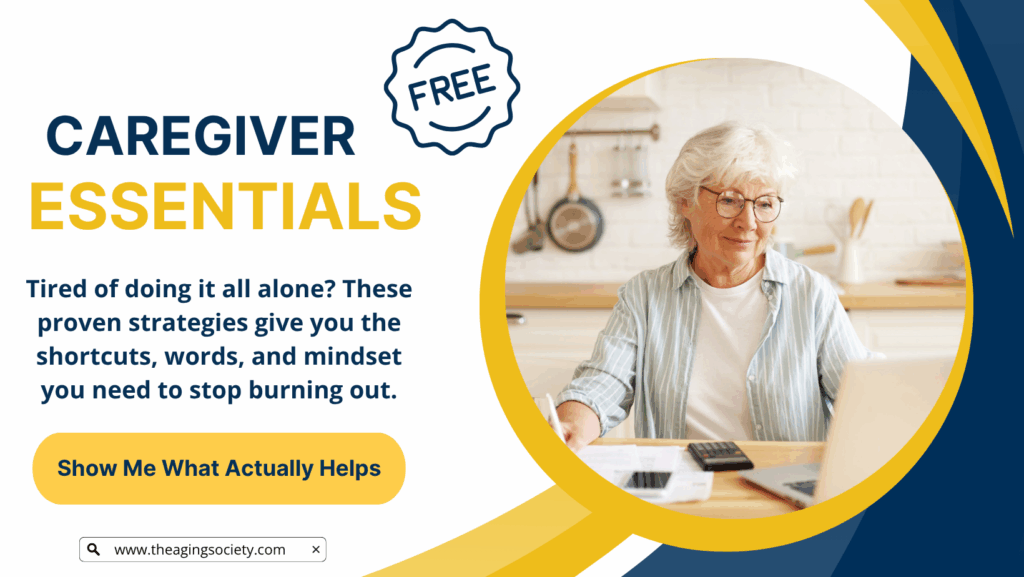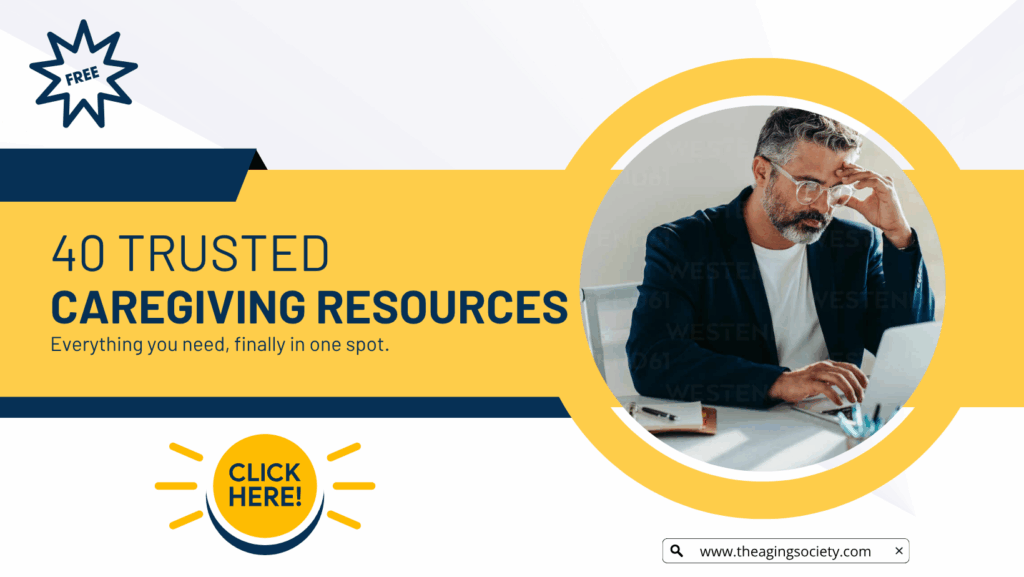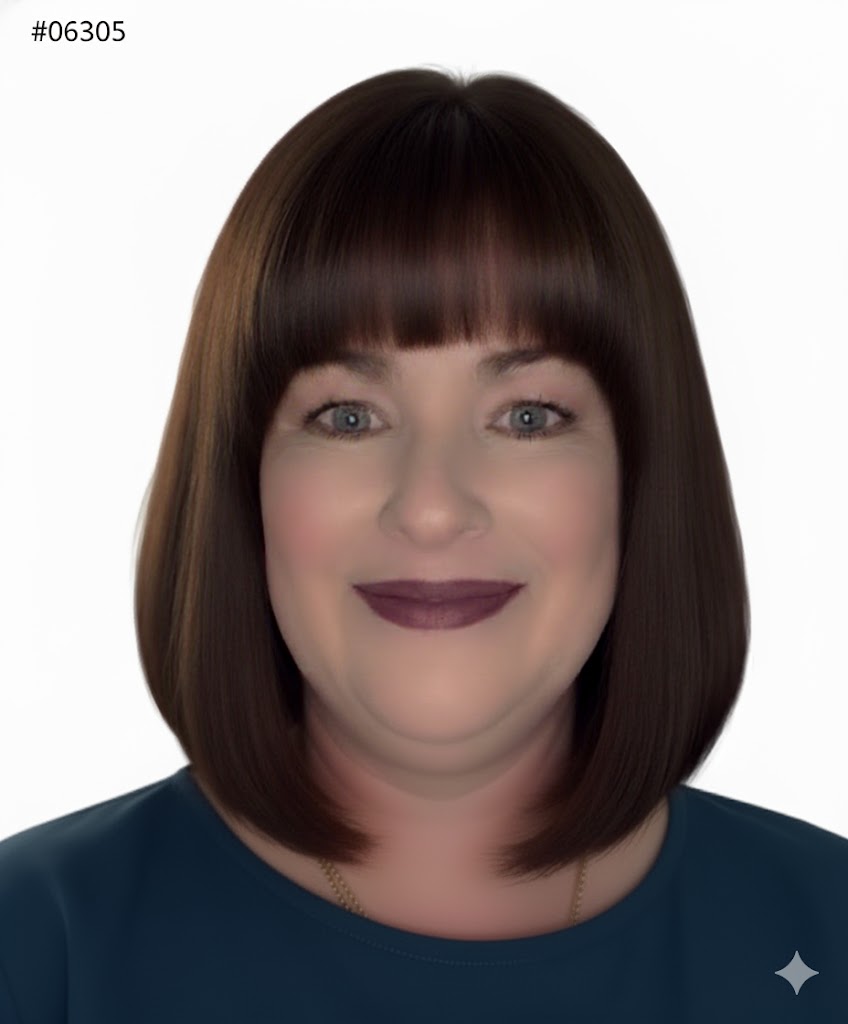Browse by categories
I help caregivers navigate conversations and decisions about senior care with clarity, confidence, and ease.
More about me
What Happens If My Parent Falls and Can’t Get Up?
June 11, 2025
It’s a scenario no one wants to imagine, but many adult children of aging parents eventually face it: Your parent has fallen. They’re alone. And they can’t get up. Now what?
This frightening moment can spiral into a medical, emotional, and logistical emergency. Whether it’s a slip in the bathroom or a stumble in the garden, falls are the leading cause of injury among older adults. But the real danger isn’t always the fall, it’s what happens after.
Here’s what to know and how to prepare before that 2AM phone call comes.
1. The Immediate Risk: Minutes Matter
When an aging parent can’t get up after a fall, the biggest threat becomes time. Lying on the floor too long can cause:
- Dehydration and pressure sores
- Hypothermia
- Muscle breakdown (rhabdomyolysis)
- Panic and emotional trauma
According to the CDC, even falls without injury can lead to fear of falling again, resulting in limited activity, reduced strength, and increased risk of another fall.
Fast Action Tip: If your parent falls and is conscious, guide them slowly to a seated position. If they’re injured or can’t move, call 911 right away.
2. The Silent Struggle: What If No One Knows They Fell?
This is the part that keeps most caregivers awake at night. When aging parents fall and can’t get up, and no one is there, it can be hours or even days before help arrives.
That’s why passive prevention isn’t enough. You need detection and response systems.
Consider these solutions:
- Medical alert systems with fall detection (some don’t require button-pushing)
- Daily check-ins via phone, text, or app-based tools
- Smart home motion sensors that monitor movement and inactivity
Care Tip: Choose a fall alert system that’s waterproof, bathroom falls are among the most common.
Try This: A Waterproof Fall Alert System That Works Everywhere
If your parent has ever fallen while showering or gardening, you know how vulnerable that makes them, and you feel.
We recommend this waterproof fall alert system on Amazon. It’s highly rated, lightweight, easy to wear, and works without a landline. Families say it offers peace of mind, and more importantly, parents actually wear it.

3. After the Fall: What Happens Next?
If your parent is hospitalized, decisions move fast:
- Managing injuries like hip or head trauma
- Considering short-term rehab or skilled nursing
- Making home safety changes
- Evaluating assisted living or memory care needs
Preparation reduces panic. Planning now makes post-fall decisions easier and more effective.
4. How to Prepare BEFORE a Fall Happens
Taking small steps today can prevent big crises tomorrow.
✅ Fall Risk Assessment
Have your parent’s doctor evaluate balance, strength, meds, and health issues.
✅ Emergency Plan
Make sure they know who to call and where to find emergency info.
✅ Home Safety Check
Install grab bars, remove tripping hazards, improve lighting.
✅ Communication System
Ensure they’re never unreachable—even if they’re independent.
✅ Know Your Care Options
Research local rehab, home health, and senior care resources in advance.
5. When It’s Time for More Help
One fall is a red flag. More than one is a pattern.
Ask yourself:
- Can they live safely alone?
- Are they having trouble with basic movements?
- Has their confidence or memory changed?
These are signs it might be time for additional care.
Final Thought: One Fall Can Change Everything
But it doesn’t have to.
With clear planning, consistent check-ins, and the right tools, you can protect your parent and give yourself peace of mind.
When aging parents fall and can’t get up, it’s terrifying, but it can also be the moment your family begins planning, not panicking.

This post contains an affiliate link. If you choose to purchase through it, we may earn a small commission, at no extra cost to you. We only recommend products we truly believe can support families and keep aging loved ones safe.

Susan Myers is a Mom, Caregiver Strategist and founder of The Aging Society. She helps family caregivers find clarity, calm, and confidence in every stage of aging parent care. Through her courses, resources, and Notes from Caregivers podcast, she shares practical tools and honest stories that make caregiving feel a little lighter.
Leave a Reply Cancel reply
I'm Mackenzie (my friends call me Kenzie) and I help biscuit chupa chups candy candy canes bear claw.
Read more about me
I'm so glad you're here
Hello!
where can I take you?
Resource Center
Caregiver essentials
one small gift
conversation action plan
home
contact
blog
about
The Aging Society helps caregivers navigate conversations and decisions about senior care with clarity, confidence, and ease.
TUNE IN NOW
Now Available! Put your latest podcast or offer here